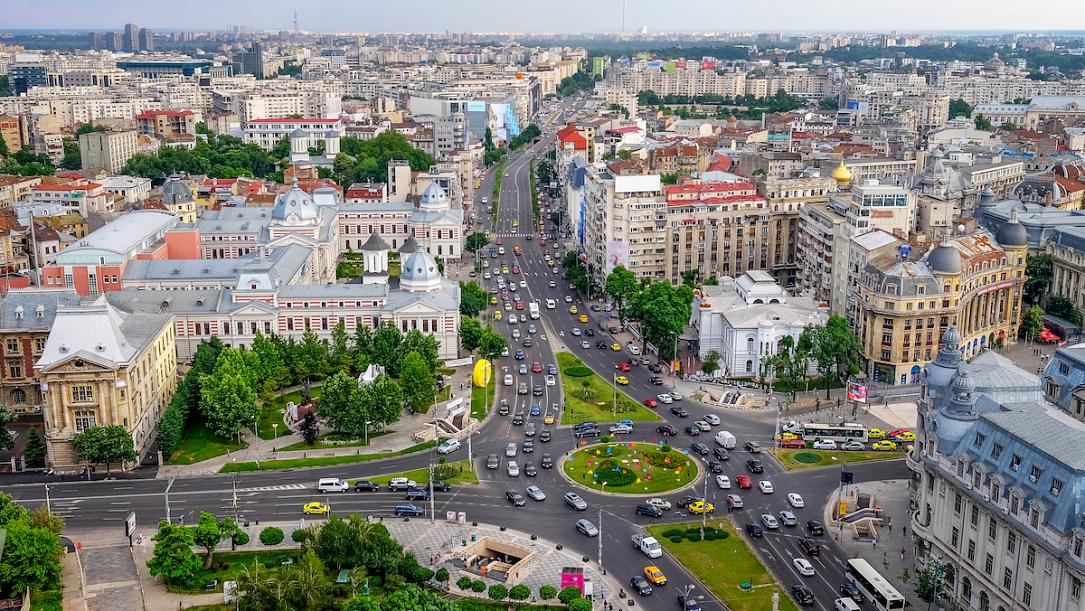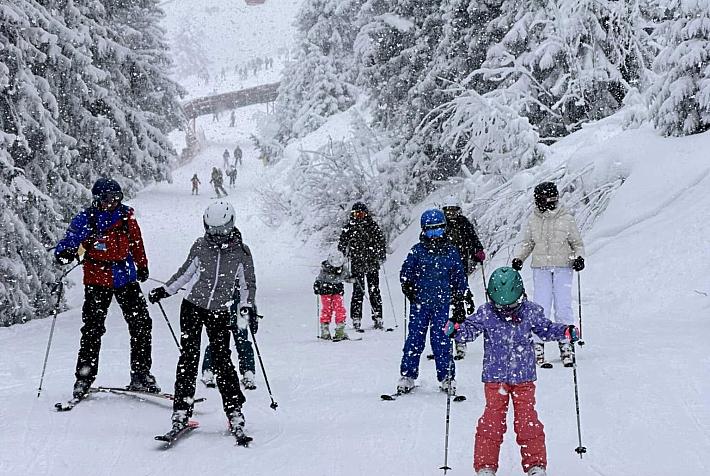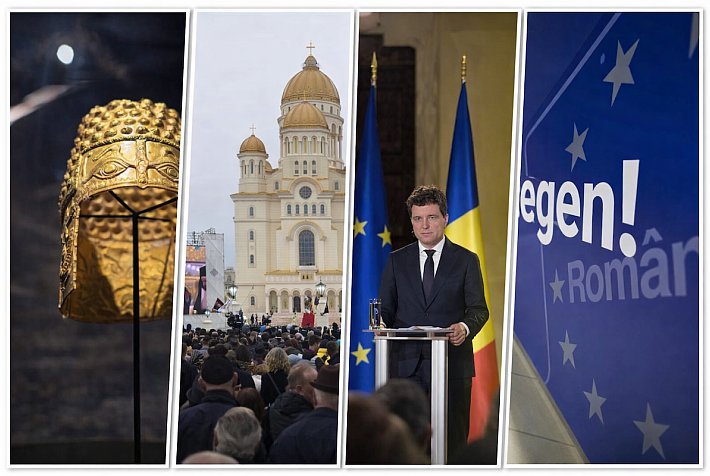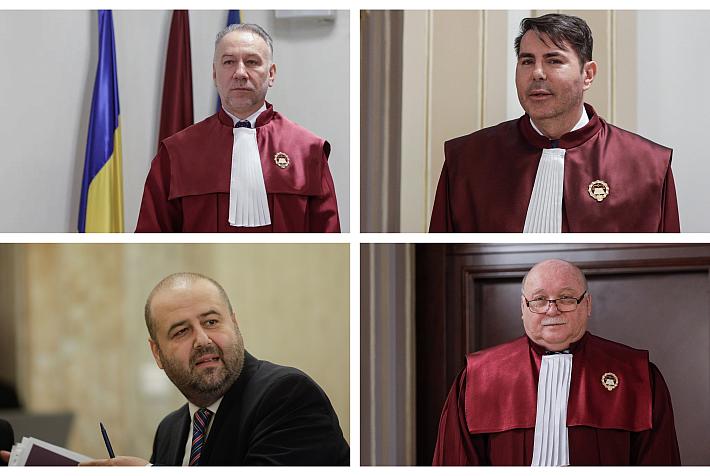Real estate investors start looking at historic buildings in downtown Bucharest

Historic buildings in downtown Bucharest are a new target for real estate developers, as the availability of construction land in this area is getting smaller, according to real estate consultancy firm JLL, which sees a high potential for this segment, given the demand for office space and modern hotels in the center of the capital.
“From the research we’ve done on this market segment, we have identified several areas in Bucharest where there are historic buildings that could enter the commercial real estate circuit after investments in modernization and rehabilitation. Among them Universitatii Square, the Old Town, Regina Elisabeta Blvd., Calea Victoriei and the Cismigiu area,” JLL said.
There are many buildings in these areas that are very well maintained and preserved, thus requiring a lower investment from potential buyers, the consultancy firm added. In addition, these buildings are generous in size, allowing investors to make more attractive projects in commercial terms.
JLL also gave examples of projects that transformed old buildings into new, modern spaces, among them Metropolis Center, George Enescu Office Building, Aviatorilor 8, Bratianu Business Center, Dionisie Lupu 70, Hilton Garden Inn in the Old Town, the Sanador Hospital on Sevastopol street, Palatul Universul, and The Ark. Meanwhile, Dacia One, the two buildings on Calea Victoriei bought by the Hagag group, Hanner's project on the site of the former Grivita brewery, Hotel Corinthia (Grand Hotel du Boulevard), and Autograph by Marriott, developed on the site of the Marmorosch Blank, one of the more beautiful buildings in Old Bucharest, are other projects in various stages of development.
JLL said that all these projects could attract investments of hundreds of millions of euros, create jobs and, in the case of hotels, attract tourists. Romania is thus following the trend that has been manifesting in Europe for many years, with projects in countries such as Czech Republic and Hungary.
“The investors’ interest in such projects comes from the fact that the central area is one of the most popular in Bucharest for corporate headquarters, which is also seen in the vacancy rate of less than 5%,” JLL also said, adding that last year only one office building was delivered in this area, of 12,000 sqm, while the gross demand was 72,176 sqm.
“Given these developments, we see a change in the investors’ approach when it comes to old buildings, meaning that they are no longer used by embassies or law firms but are most often turned into hotels or integrated into larger projects with office components.”
newsroom@romania-insider.com













